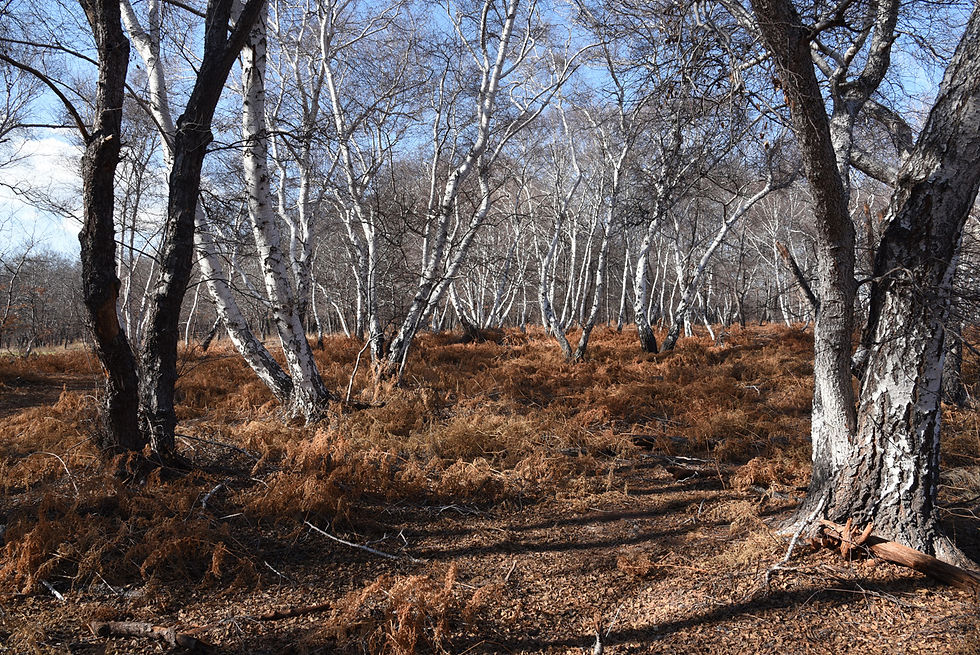DATES PALMS IN OMAN

The Palm Date tree and the Omani have been connected since ancient times. This bond is rooted in the culture and civilization and linked to his daily life and has contributed in developing the society and supplementing the economy which in turn solidify the Date Palm position as a valuable component of the Omani nature.

The UNESCO World Heritage Committee, meeting in Bogota in Colombia, unanimously approved on 12 December 2019 the inclusion of the knowledge, skills, traditions and practices associated with the date palm in the List of Intangible Cultural Heritage of Humanity of the 'Unesco. The recognition goes to 14 Arab countries: Bahrain, Egypt, Iraq, Jordan, Kuwait, Mauritania, Morocco, Oman, Palestine, Saudi Arabia, Sudan, Tunisia, the United Arab Emirates and Yemen. "The date palm has been established for centuries by the regional population of the candidate states, serving both as the basis for numerous occupations, professions and social and cultural traditions, associated customs and practices, and as sources of nutrition," reads the website of the 'Unesco.
The date palm has been connected to the regional population of the submitting States for centuries, serving both as the source of numerous associated crafts, professions and social and cultural traditions, customs and practices, and as a key form of nutrition.
The date palm is an evergreen plant typically associated with dry climates, where the roots of the plant penetrate deeply into the earth in search of humidity. Bearers and practitioners include date palm farm owners, farmers who plant, nurture and irrigate the date palm offshoots, craftspeople who produce traditional products using various parts of the palm tree, date traders, creative individuals and performers of associated folkloric tales and poems. The Date palm, knowledge, skills, traditions and practices have played a pivotal role in strengthening the connection between people and the land in the Arab region, helping them face the challenges of the harsh desert environment. This historic relationship in the region and the element has produced a rich cultural heritage of related practices between people in the region, knowledge and skills maintained to this day. The cultural relevance and proliferation of the element over the centuries prove how committed the local communities are to sustaining it; this is achieved through collective participation in multiple date-palm related activities and numerous festive rituals, traditions and customs.































